Assets and Facilities
Assets

E1 Data Buoy
The E1 buoy has the same 4m float as the L4 buoy but a smaller surface tower. As with the L4 buoy this platform is delivered in collaboration with the Met Office.
Power: 800 Watts of solar charge into an 800Ah battery bank.

L4 Scientific Buoy

APICS Buoy
Also deployed close to the L4 station this buoy is a new addition to the fleet. The buoy is designed to measure plankton in the marine environment and utilizes two state-of-the-art sensors to do this.
Power: 800 Watts of Solar charge, one large wind turbine and a methanol fuel cell provide charge into 900 Ah of battery storage.
Phytoplankton Sensor: McLane Labs Imaging FloCytoBot (IFCB)
Zooplankton Sensor: Plankton Analytics (Pi-10)

Uncrewed Surface Vessel (USV) Cetus
USV Cetus is an L3 Harris ‘C-Worker 4’, designed to accommodate a wide range of sensors, equipment and systems, and can operated remotely or as a semi-autonomous platform from a support vessel or land station.
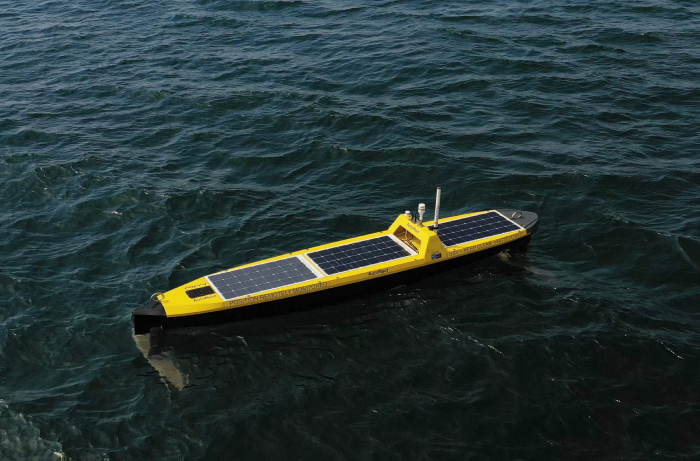
PML Pioneer
- Above water Gill MaxiMet GMX500 weather station
- Teledyne Divecams, above and below water
- Sea Bird FastCAT – SBE49 CTD
- WetLabs ECO Triplet, measuring Chlorophyll, Turbidity, & CDOM
- Aanderaa Oxygen Optode 4831
- Aanderaa CO2 Optode
- Sunburst iSAMI-pH
- Chelsea Technologies LabSTAF phytoplankton photosynthetic efficiency sensor
- TRIOS Rames, above water hyperspectral irradiance.
- Clear Water Nitrate and Phosphate sensors.

ecoSUB Robotics
PML has a fleet of 3 scientific ecoSUB Robotics Ltd M5 submersibles. These subs are 500m rated and fitted with nano-acoustic modems, Satellite and surface WiFi communications, and an altimeter. These sensors enable advanced capabilities such as underwater navigation and positioning as well as sea floor tracking.
The subs are equipped with the following scientific payload:
- Valeport Conductivity and temperature sensor
- Valeport Chlorophyll a and Turbidity
- Aanderaa Oxygen Optode
- One sub is equipped with an additional ANB sensors pH sensor.
- One swappable nose cone containing a GoPro camera.

The Falcon DR ROV
The Falcon DR ROV System is a state-of-the-art remotely operated vehicle (ROV) equipped with HD video cameras and various manipulator arms. There are two 14mm OD umbilical cables, a 330m (terminated onto a hand winch) and a 1,100m cable (not on a winch or terminated at present). The whole system is rated to 1000m and is a highly customised research ROV used for oceanographic research and biological research, and is also suitable for use in filming.


Drones
DJI Phantom 4
- Two units available
- RGB camera with 4K resolution
- Not designed for payload
- Mission planning
SwellPro Splash 4
- Waterproof
- RGB camera
- 2 Kg payload capacity
DJI M350
- Heavy lift drone, Max. payload 2.7kg
- Modular payloads. Can incorporate downwelling or upwelling sensors
- Battery ranging from 55 min to 27 min (at max payload)
- RTK precision (paired with basestation with an accuracy better than 5 cm for orthomosaic while P4 up to 2m)
- RGB Zenmuse camera (survey grade 45 MP, 4.4μm pixel size)
- Possibility to mount different sensors. (for example: gases exchange or hyperspectral sensors)
- Planning software and a team of expertise processing airborne data that can assess you with sensors and post processing options options (https://www.neodaas.ac.uk/Services/Airborne_data_processing)
- In-house software for mapping hyperspectral images or in the cloud via GEONA (https://geona.io/)
- License for Agisoft Methasape Pro to stitching, geocorrection and production of Digital Elevation Models using drone RGB or multispectral images.

Steatite Communications
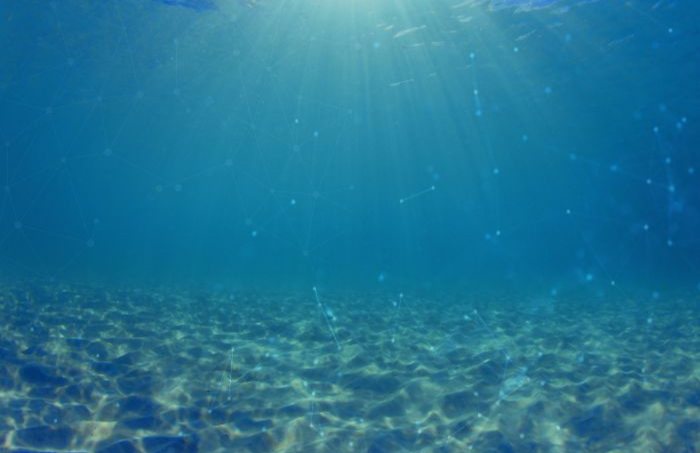
Sonardyne subsurface communications
Our advanced technology enables reliable communication in challenging marine environments, facilitating efficient operations for various industries such as offshore energy, defense, and marine research.
Facilities
The NCCA has access to the facilities listed below:

NCCA Workshop
The NCCA workshop comprises a large multipurpose facility (hangar) at ground level, incorporating a large roller door to provide access for buoys, autonomous vessels and other large items of equipment. The main area is flexible and open plan with workshop benching, large water tanks with piped seawater for equipment calibration and testing and monitoring systems for mission control of robotic systems deployed off the coast of Plymouth.
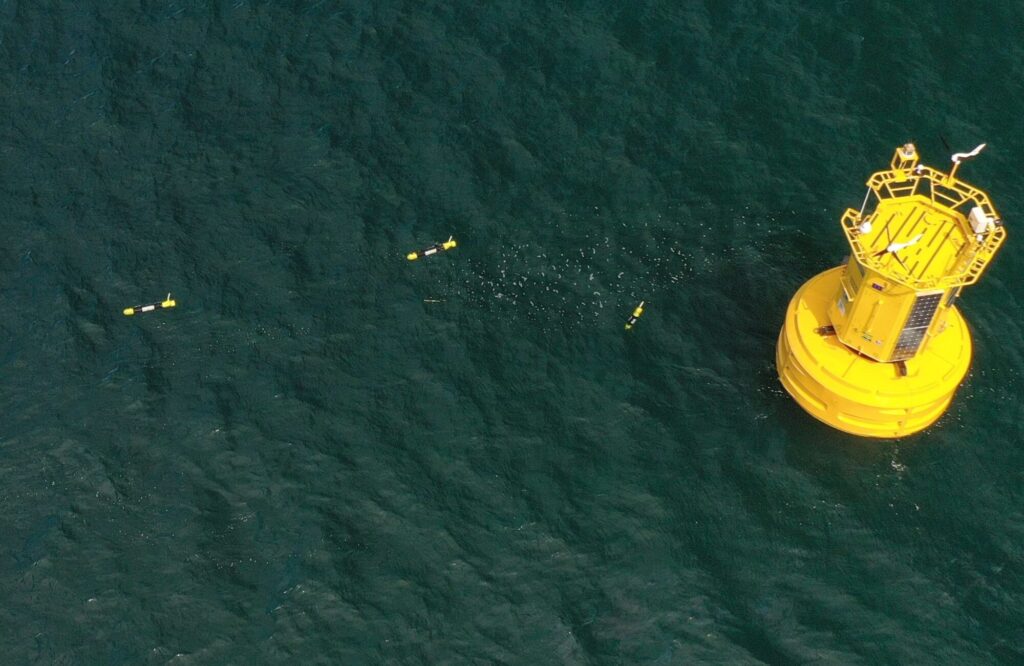
Large seawater tanks for setup and testing
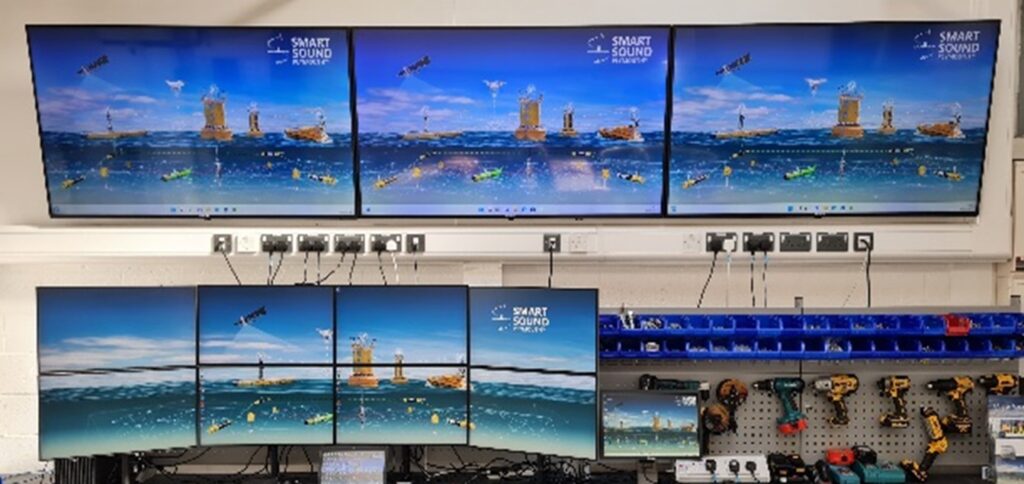
Remote Operations Centres
These facilities serve as hubs for advanced monitoring, control, and decision-making, ensuring efficient management and rapid response capabilities across diverse coastal domains.
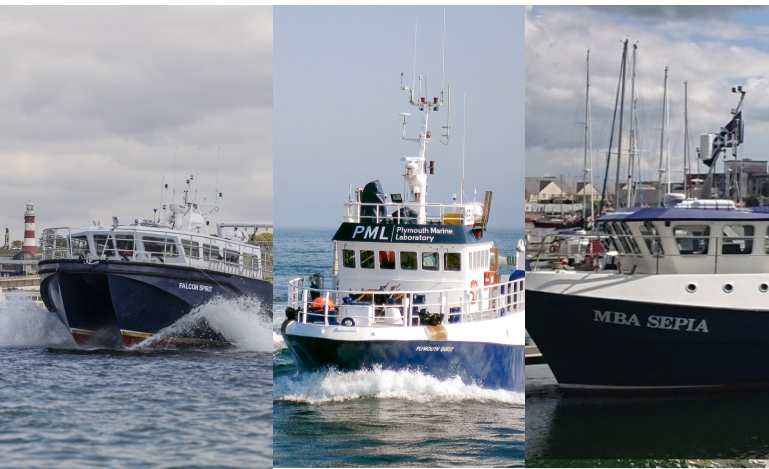
Research vessels
Marine Research Plymouth has access to a fleet of research vessels, facilitating the essential resources needed to conduct marine studies and exploration.
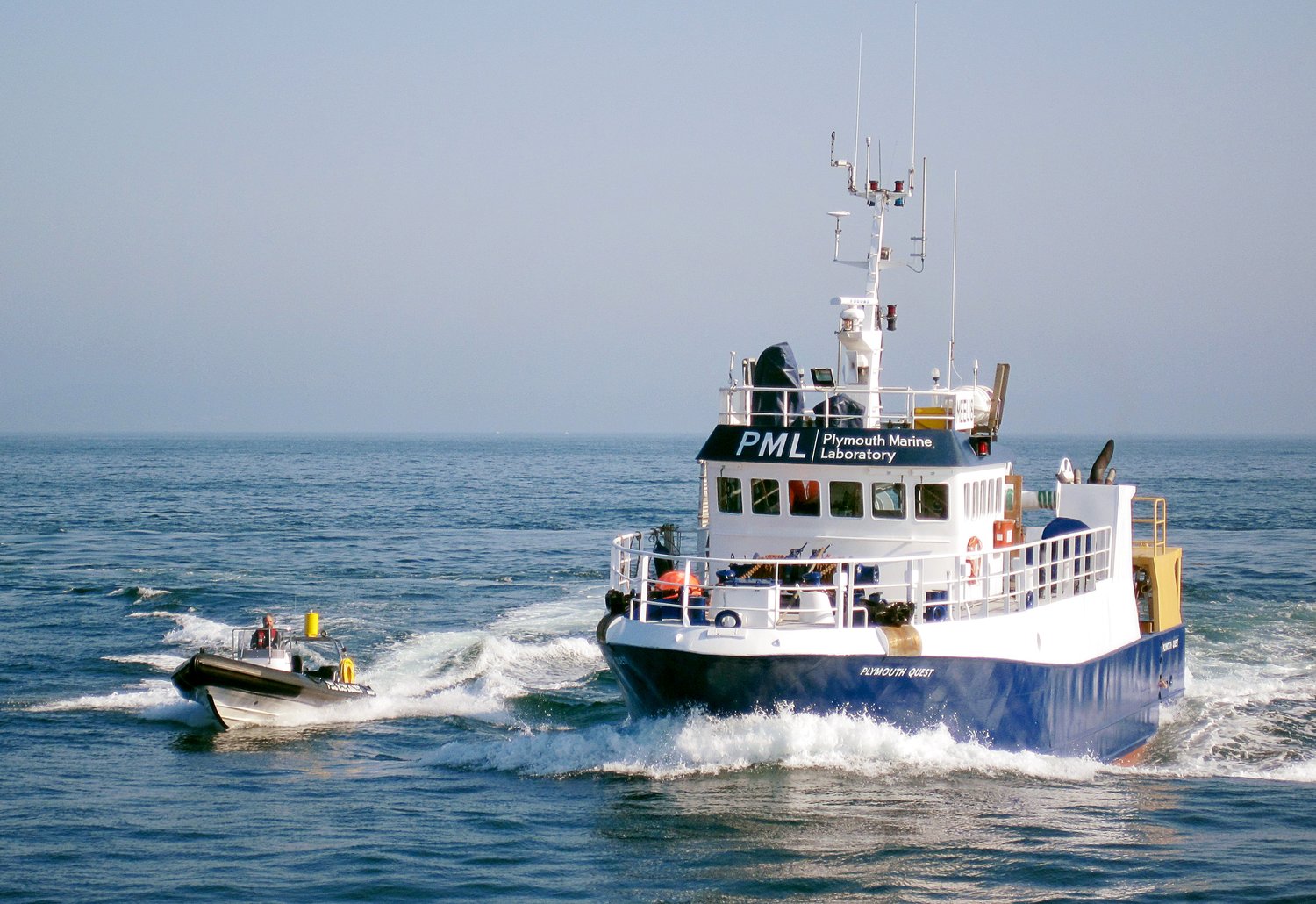
Plymouth Quest and PML Explorer
Plymouth Marine Laboratory has two vessels, the Plymouth Quest and PML Explorer, which support PML’s research and long-term monitoring activities.
The Plymouth Quest is able to operate in coastal and offshore regions and is able to spend up to 5 days at sea. It is equipped with facilities for collecting a wide range of biological, chemical and physical measurements and boasts a suite of underway sensors for autonomous measurements.
The PML Explorer, provides a perfect working platform, as well as a ‘rapid response’ capability to enhance our research in estuarine and coastal waters.

RV Falcon Spirit
RV Falcon Spirit in a 14 metre aluminium catamaran configured as a flexible platform for teaching and research.
It is used extensively for oceanographic and biological sampling as well as hydrographic survey. To support this, it has lifting capability via a stern H-frame, a variety of mounting points for survey equipment and both dry and wet laboratory spaces.
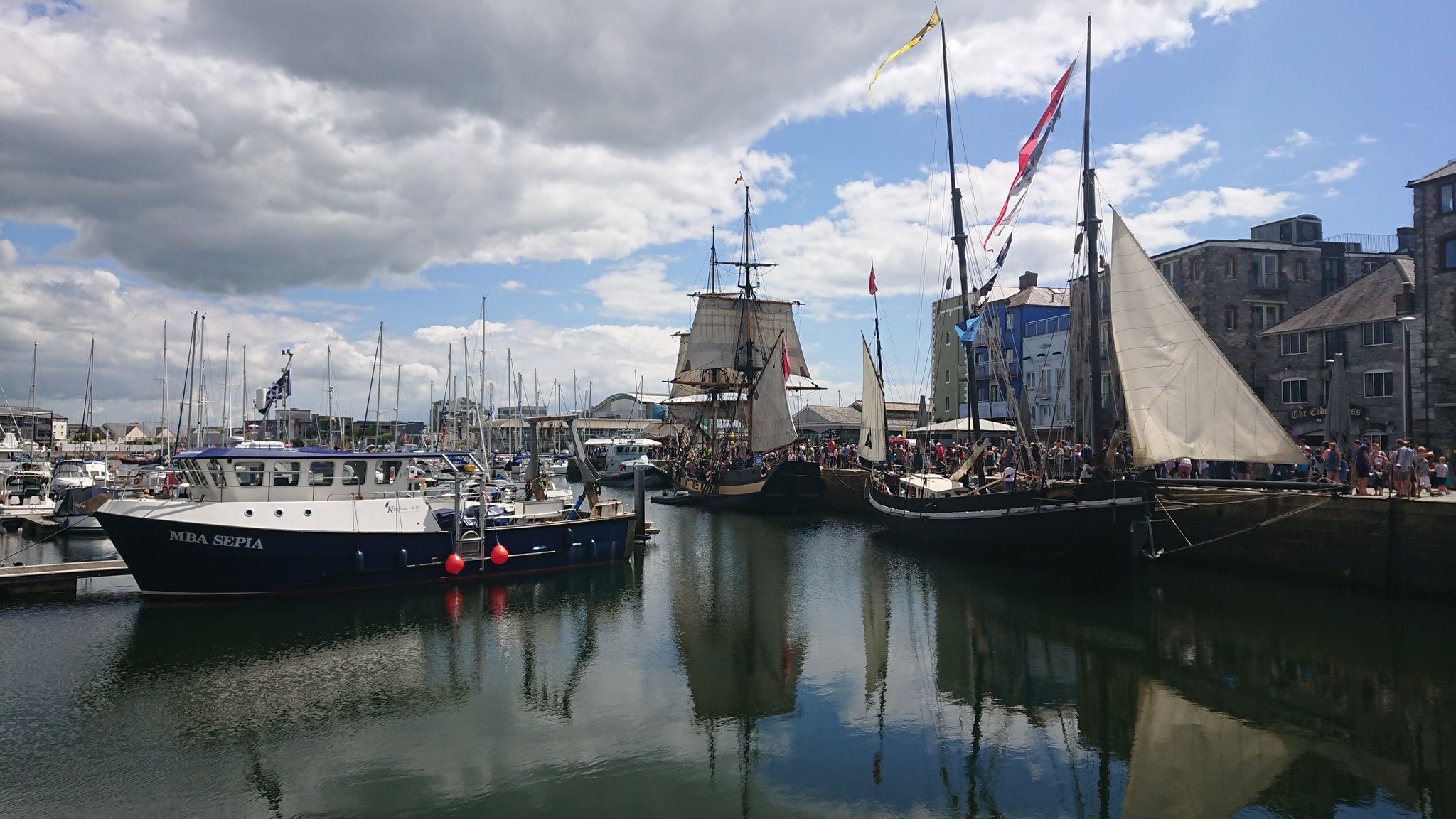
RV MBA Sepia
A custom built 15.45 m Category 2 Coded Workboat, is a versatile research platform for exploring the river, estuarine and coastal environments, up to 60 miles off shore.
Latest News
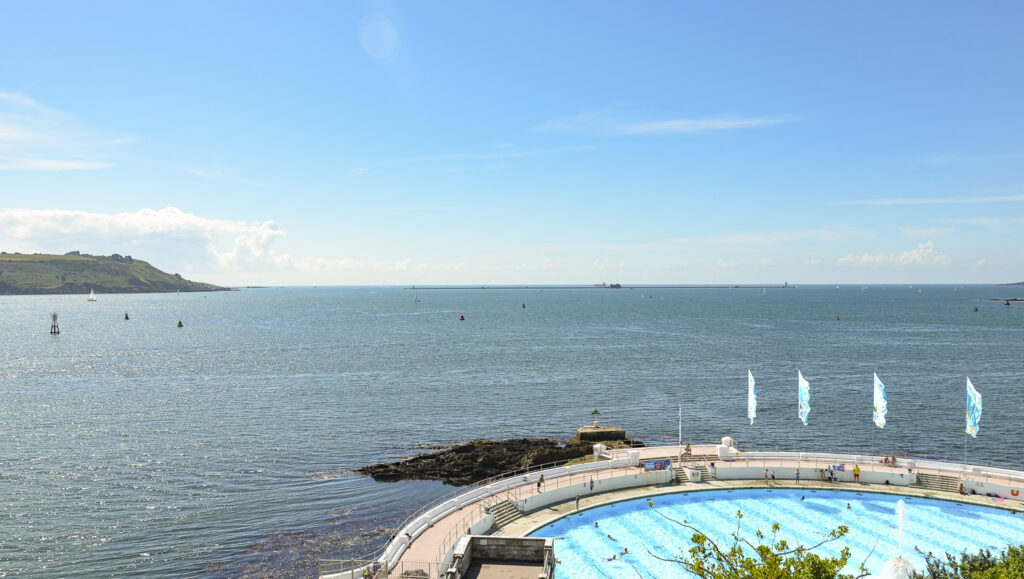
New underwater communications network enhances Smart Sound Plymouth’s capabilities
A £1.2 million project led by the University of Plymouth

Future regulation of marine autonomy in discussion in Singapore
Professor James Fishwick from the NCCA took part in a
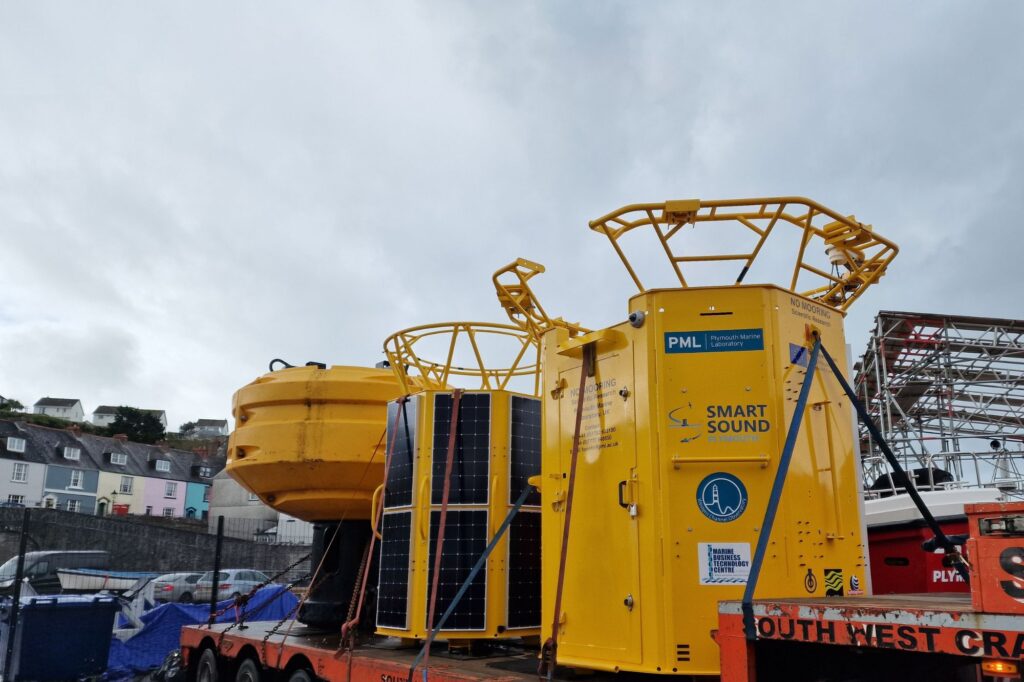
Precious cargo… delivering autonomous buoys to the sea
There was a lot of activity at the laboratory recently




